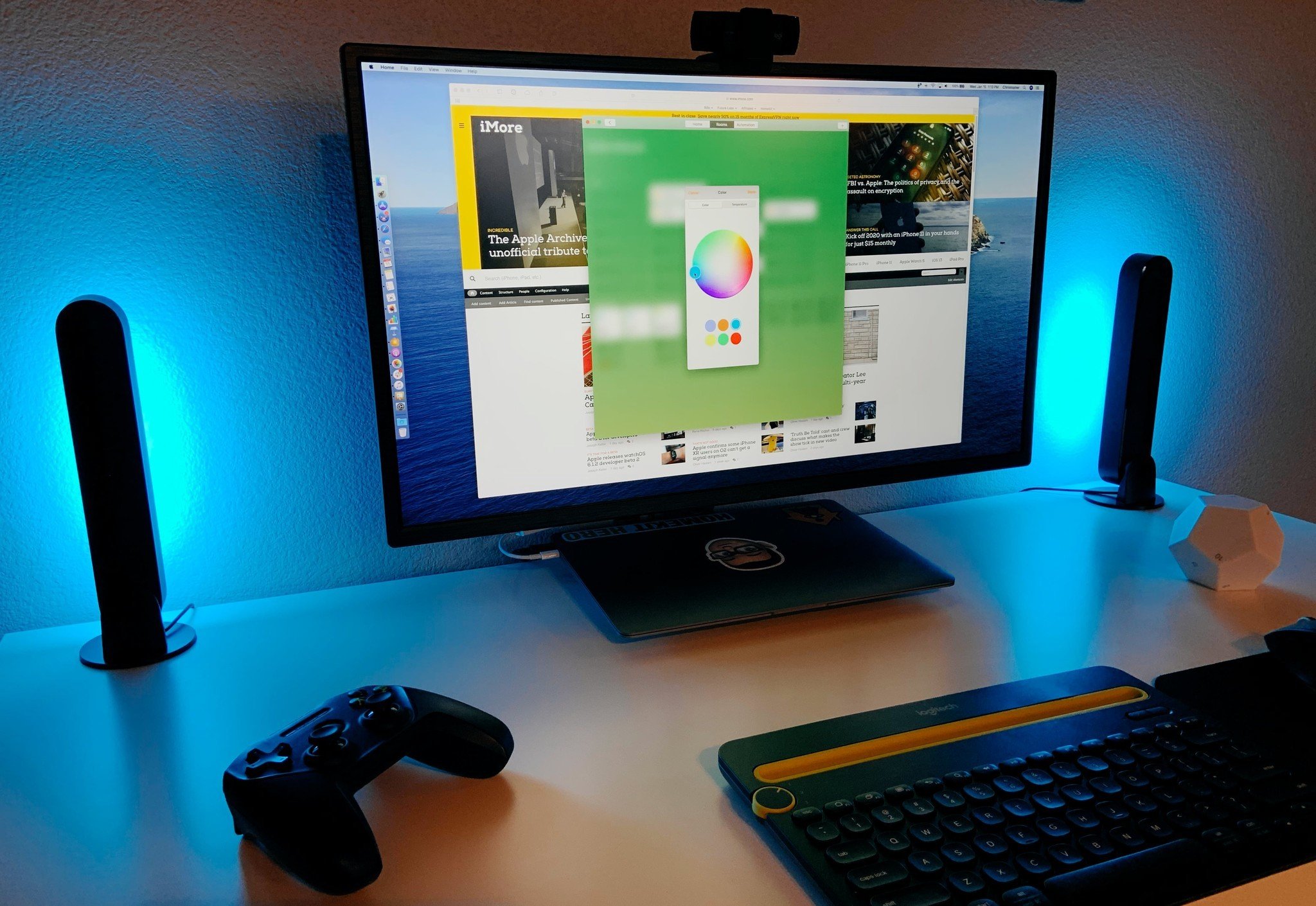iMore Verdict
Bottom line: The Philips Hue Play Bar is a versatile lighting solution that offers bright, vivid colors in a compact and light form factor. This makes the Play Bar a fantastic choice for bias and accent lighting, especially if you have other Hue lights in your home.
Pros
- +
Sleek design
- +
Bright, colorful lighting
- +
Mount options
- +
Works with Alexa, Google, HomeKit
- +
Hue ecosystem integration
Cons
- -
Requires Hue Hub
- -
No on-device controls
- -
Shared power supply
- -
Non-removable cord
You can always trust iMore.
Despite my affinity for adding smart home accessories whenever I can in my home, there is one area, or rather one company, that I haven't had in my life for quite a few years now. Back when Philips Hue first burst onto the scene, I was right there along for the ride, adding the company's light bulbs, light strips, and dimmers, everywhere I could.
However, as my smart home needs evolved, I ended up leaving the Hue ecosystem, not because of any issues or troubles, but rather, because I wanted smart light switches to be the end all lighting solution for my home. So needless to say, I lost a little color in my life when making the transition.
I recently began thinking about adding some accent lighting or bias lighting to my desk setup, and despite a plethora of options now available on the market, I just couldn't resist the allure of going back to Philips Hue. I ended up picking a Hue Play Bar Starter Kit, which also included the most important piece of the puzzle, the Hue Hub. While I expected great performance and reliability from the lights, I didn't expect just how much I would enjoy the simple pleasure of having colorful lighting and effects back in the home again.
Versatility in a bar
Philips Hue Play Bar: The features
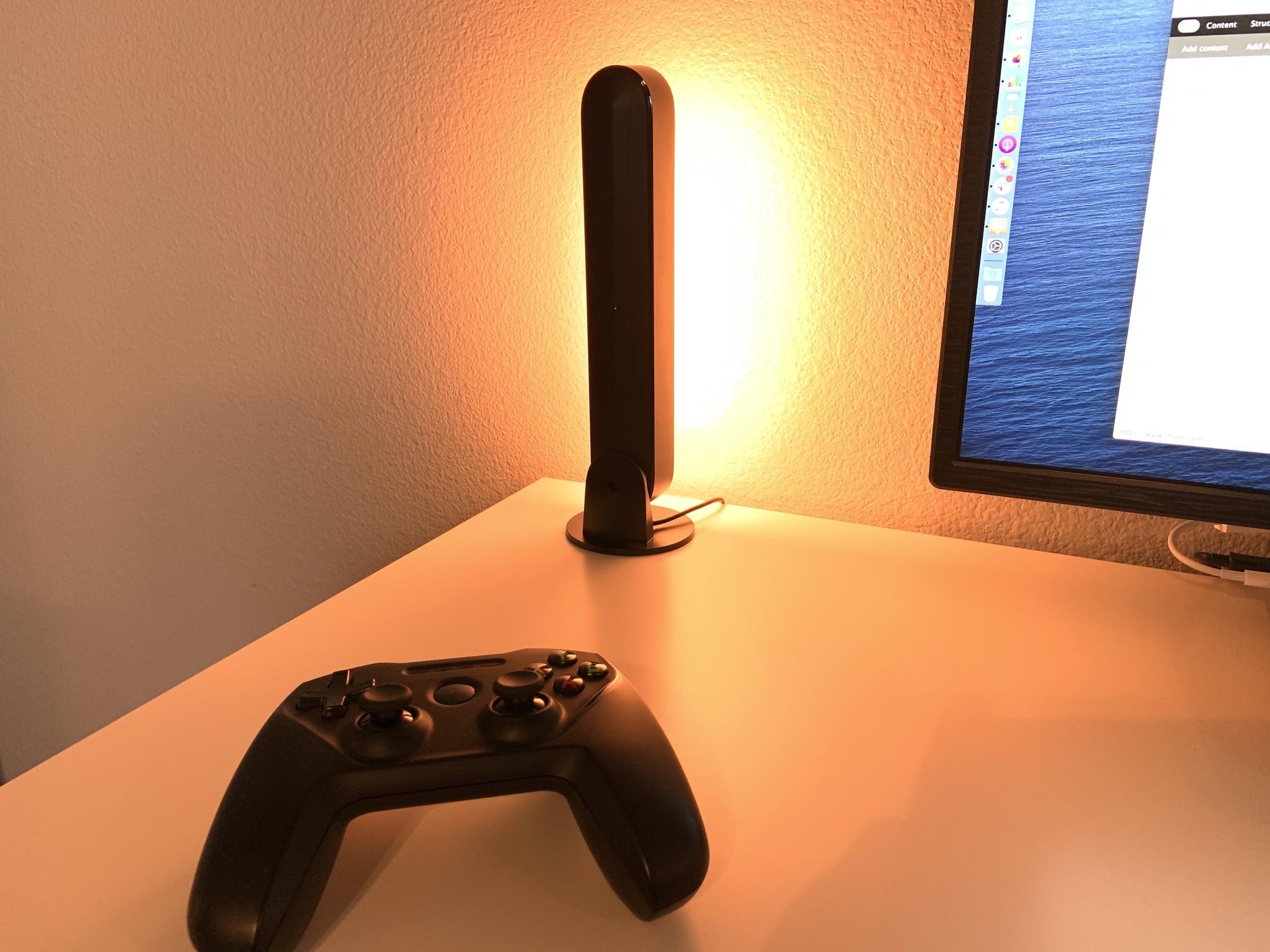
The Philips Hue Play Bar comes in quite a few different configurations, including starter kit bundles, standalone light bars, and extension packs, all in addition to white and color variants. The Play Bar itself sports a sleek, slim, profile that is composed of a solid lightweight plastic frame with an opaque diffuser on the side that covers the internal LED. At its longest, the Play Bar comes in around 10 inches in length, and sits at about 1.7 inches wide, which makes it easy to fit into most spaces without a stand.
Included in the box are several mounting options, including: a stand for placement on a table and a TV mount for attaching them directly to the back of a TV. For tabletops, the Play Bar can work both vertically and horizontally, using the included stands, or just by laying them down. Attaching the table stand to the light does require the use of an allen wrench, which is included.
If you want to go the bias lighting route for your TV or PC monitor, you can attach the Play Bar around the back using the provided mounting clips which utilize double-sided tape. You can also attach the Play Bar directly to a wall using the same mount, but it should be noted that they are only rated for indoor usage. Wiring for the Play Bar comes in the form of a single (per light) 80-inch, pre-attached cable that attaches to a power supply.
Each Play Bar is capable of producing up to 530 lumens of brightness, which is plenty for accent and bias installations, but not quite enough to light up an entire room. Of course, being a Philips Hue product, the Play Bar supports the company's gold standard of up to 16 million shades of colors and whites along with dimming capabilities.
Color for days
Philips Hue Play Bar: What I like
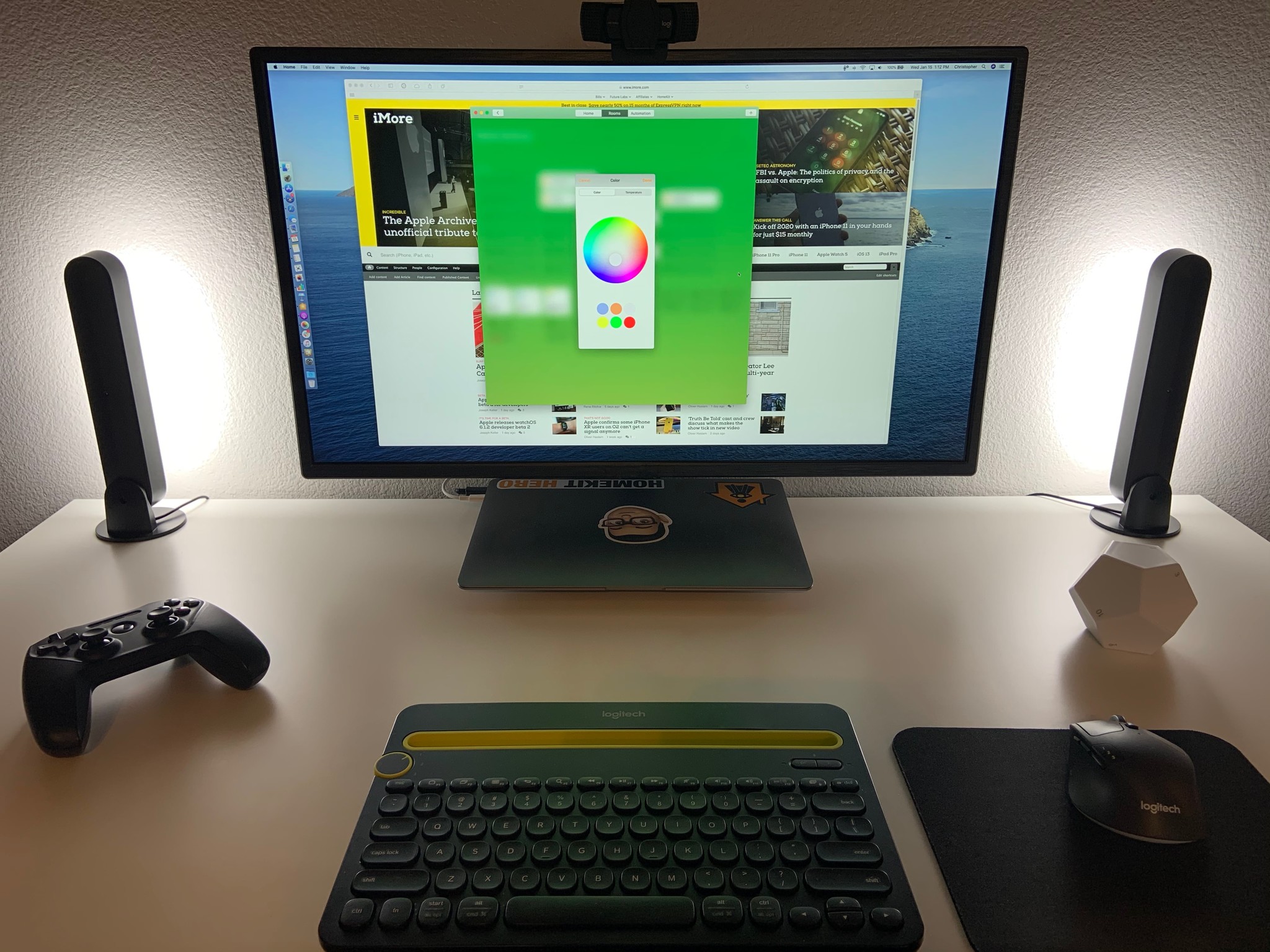
As I have already alluded to, I absolutely enjoyed seeing the area around my desk lighting up with bright and vivid colors throughout the day. At first, I paired the Play Bars with a HomeKit remote and had it set to simply change it to a single color. Eventually I came around to trying some of the scenes available through the Philips Hue app, and settled on using the Colorloop formula under the Hue Labs section.
Speaking of pairing, the whole set up process with the hub and app was quick and rather painless. The hub was found instantly by the Hue app, and after a quick update, the Play Bars were also found in a matter of seconds. After everything was ready to go, I immediately added it to HomeKit, which is my smart home platform of choice, and again, the process was quite simple. I will also note that the Play Bar, like everything else Philips Hue, works with all three of the major voice assistants, Alexa, Google Assistant, and HomeKit.
This all adds up to the Philips Hue line having rock solid reliability and extremely fast response times, which is exactly what I am seeing with the Play Bar.
Since I went with the lights to complement my room lighting and desk setup, I utilized the included stands to place both lights in a vertical position on each side of my monitor. The plain, thin, design makes the lights look like speakers on my desk and doesn't scream "smart connected lighting", which is exactly what I was trying to avoid. The lights "face" the wall behind my desk, and when illuminated, they give off just the right amount of light, and do not cause any visual distractions.
One of the main reasons that I went with the Play Bars was for performance and reliability. The Philips Hue Hub connects to accessories via a ZigBee wireless radio, which not only keeps things off of your Wi-Fi network, but it can extend its range through mesh networking. This all adds up to the Philips Hue line having rock solid reliability and extremely fast response times, which is exactly what I am seeing with the Play Bar.
Strings attached
Philips Hue Play Bar: What I don't like
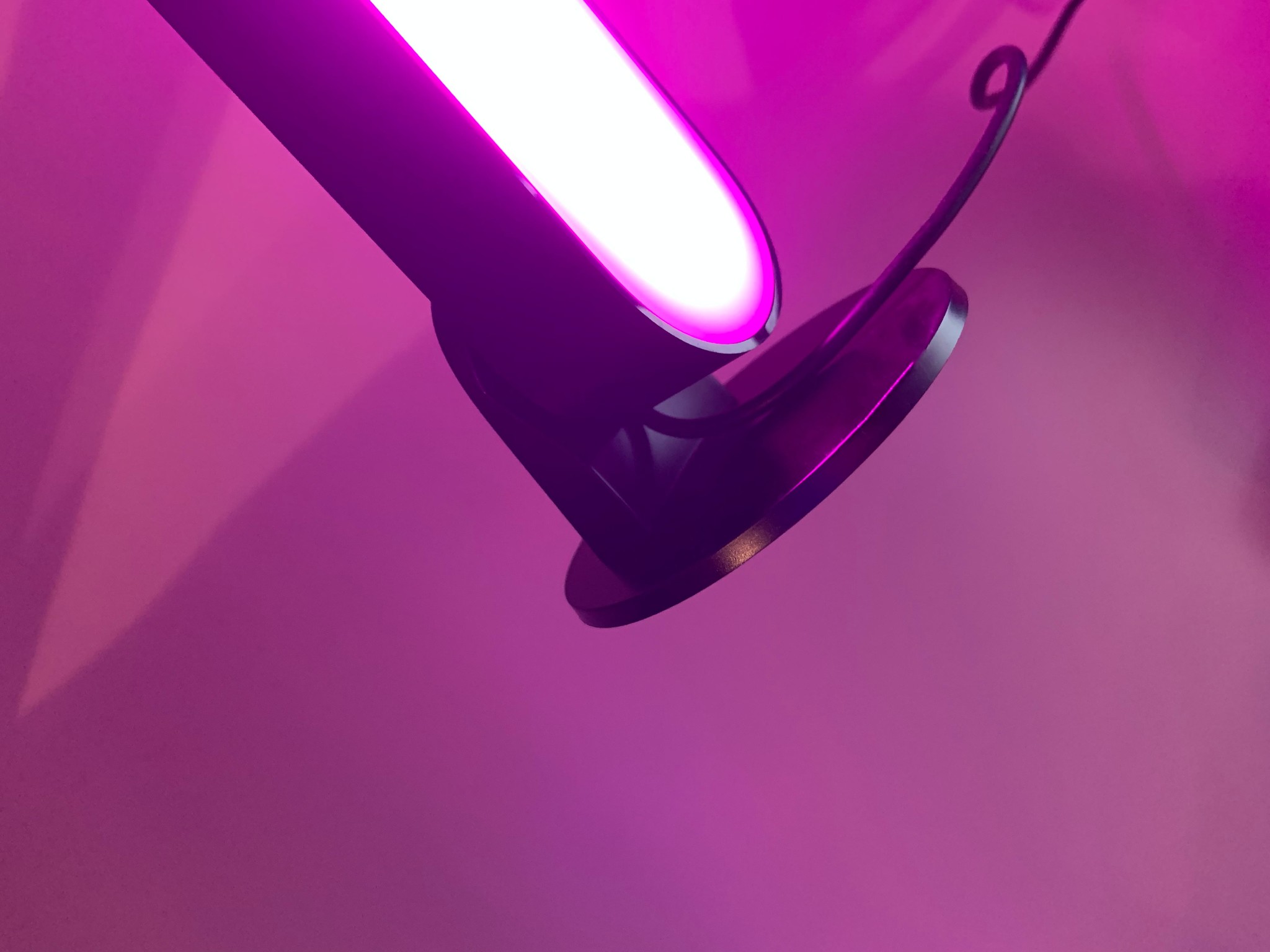
Even though the Play Bar comes with a rather generous cable length with room for expansion, I did not like that only one power supply was included in the box. This means that both of the lights included with the kit I purchased plugged into the same outlet, which was ok for my setup, but it could potentially limit placement depending on the situation. Also, the cords that attach to the Play Bar cannot be removed, although they can be removed from the power supply.
Just like with all of the Philips Hue line, along with all color lighting in general, the Play Bar struggles to represent one color in particular, which is green. Sure the lights are capable of displaying bright lime greens on demand, however a darker shade just seems to be the one color that manages to miss out on the fun, which is sad to see even after all of the advancements in the area over the years.
Perhaps the biggest downside to the Play Bar is that it does require the Philips Hue Hub for just about everything. The hub requirement applies to not just the smart side of things, but also for simply turning the lights on and off without pulling the plug. There are no physical switches or buttons to be found on-device, which is understandable for bias lighting, but it still would have been nice to be able to manually toggle colors or power if needed.
Raising the bar
Philips Hue Play Bar The Bottom Line
If you are looking for a clean and simple way to add bias or accent lighting around your home, then the Philips Hue Play Bar is one of the best options around. The compact and versatile design allows it to fit in just about everywhere, including on a tabletop, mounted on a wall, or neatly tucked behind your TV. Yes, there are light strips available that can work for many applications, however, the lamp-esque nature of the Play Bar just makes things easier to manage, and it can be re-used for other purposes in the future.
The Philips Hue Play Bar offers some of the best color reproduction around (minus that pesky dark green), and is bright enough for most scenarios. Response times and reliability are top notch, and the Hue lineup plays nicely with all of the smart home platforms, keeping things lit up even if you decide to change things up in the future. Of course, the Play Bar does require the Philips Hue Hub for things such as turning them on and off, dimming, and changing colors, but if you are in the market for colorful lighting, then you should already be looking in the direction of Hue.
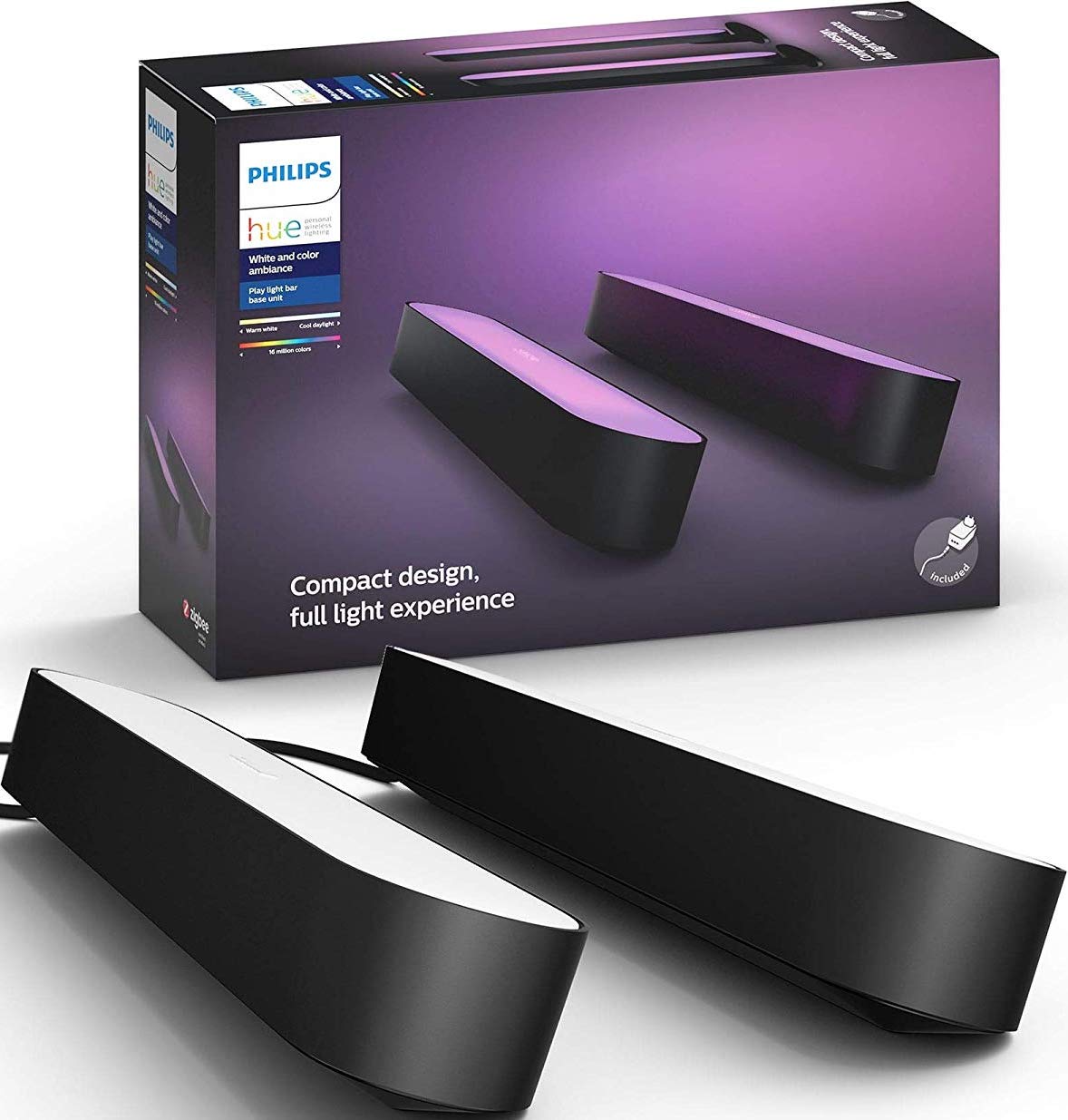
Bottom line: The Philips Hue Play Bar is a versatile lighting solution that offers bright, vivid colors in a compact and light form factor. This makes the Play Bar a fantastic choice for bias and accent lighting, especially if you have other Hue lights in your home.
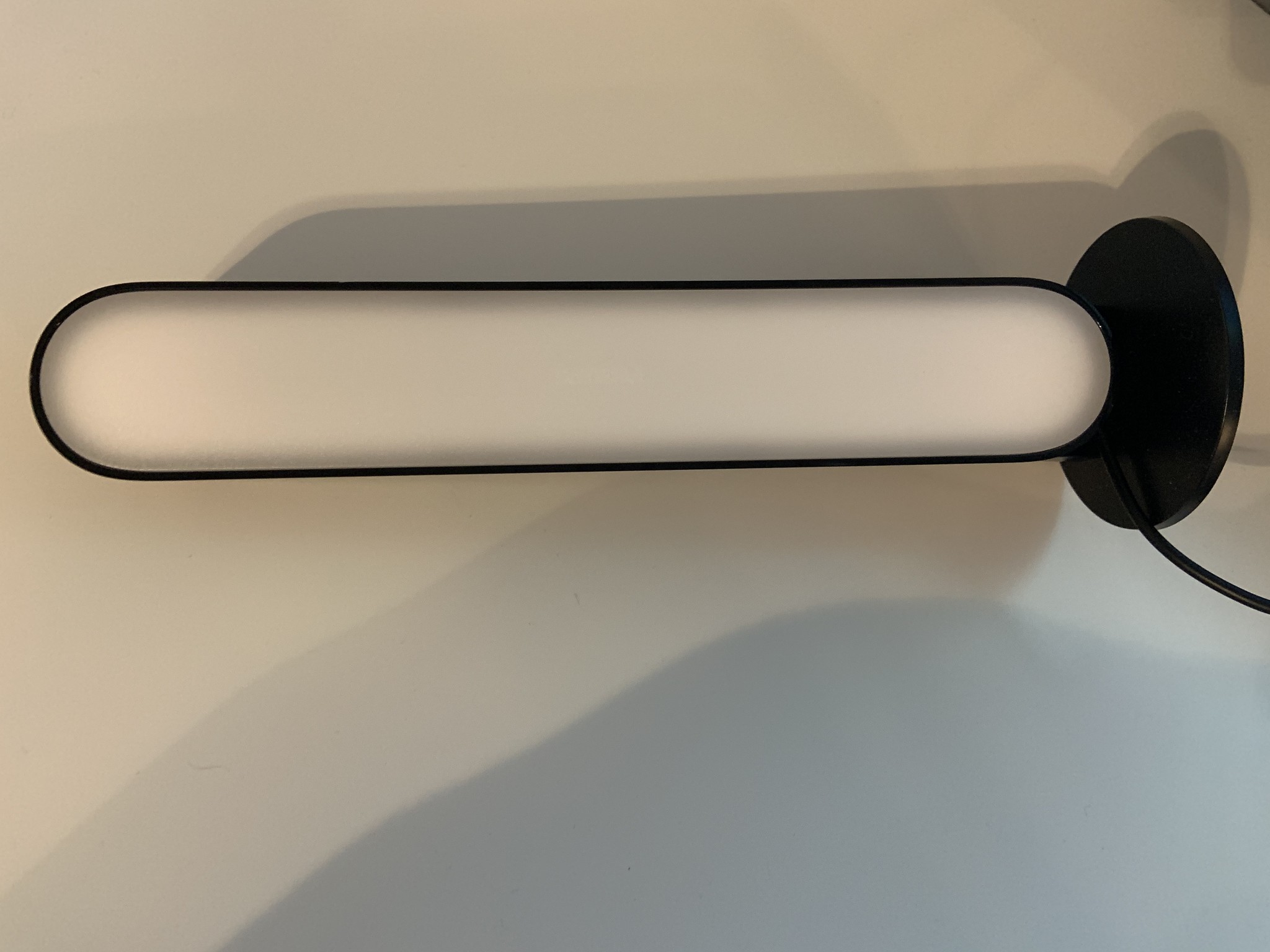
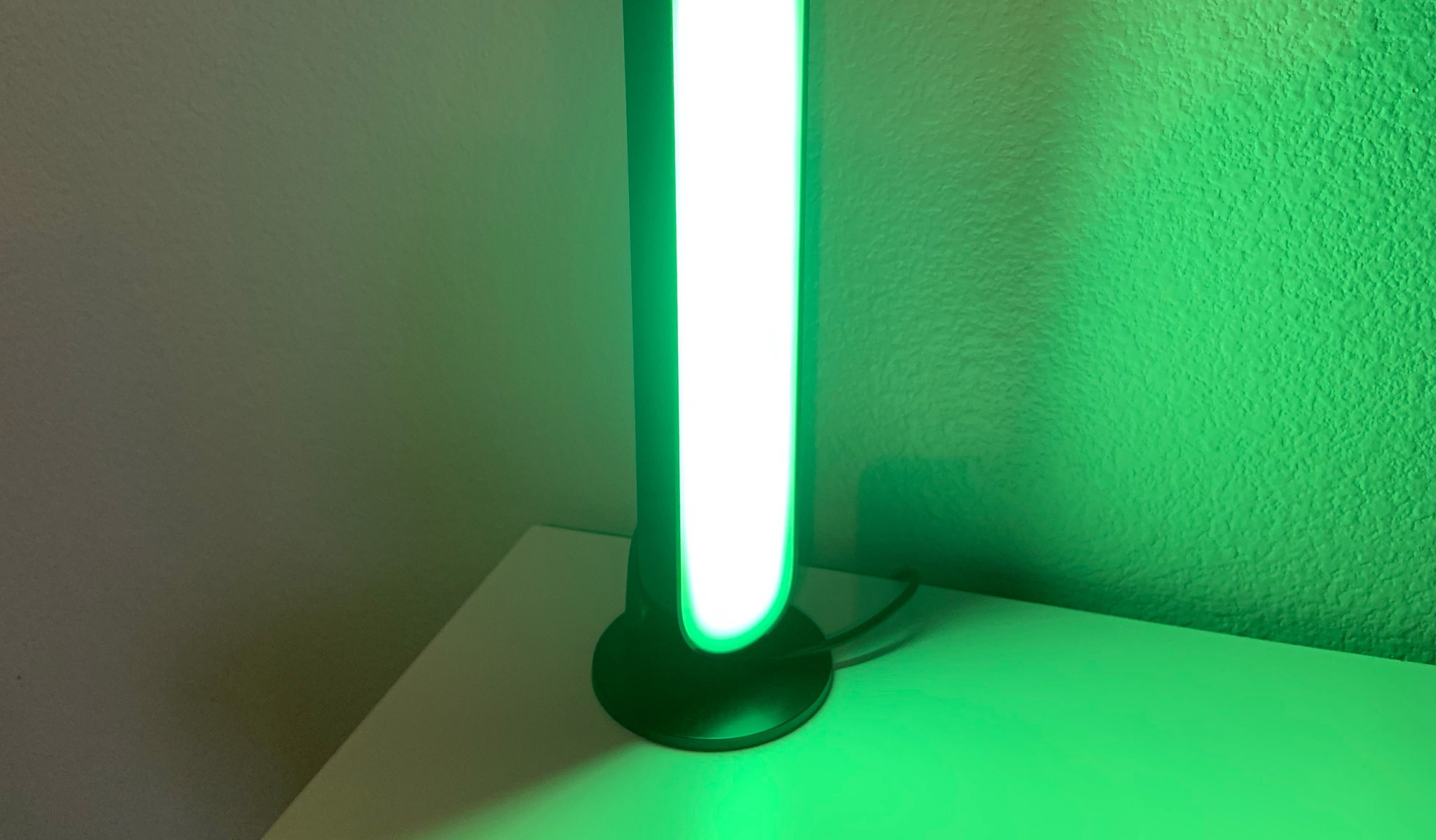
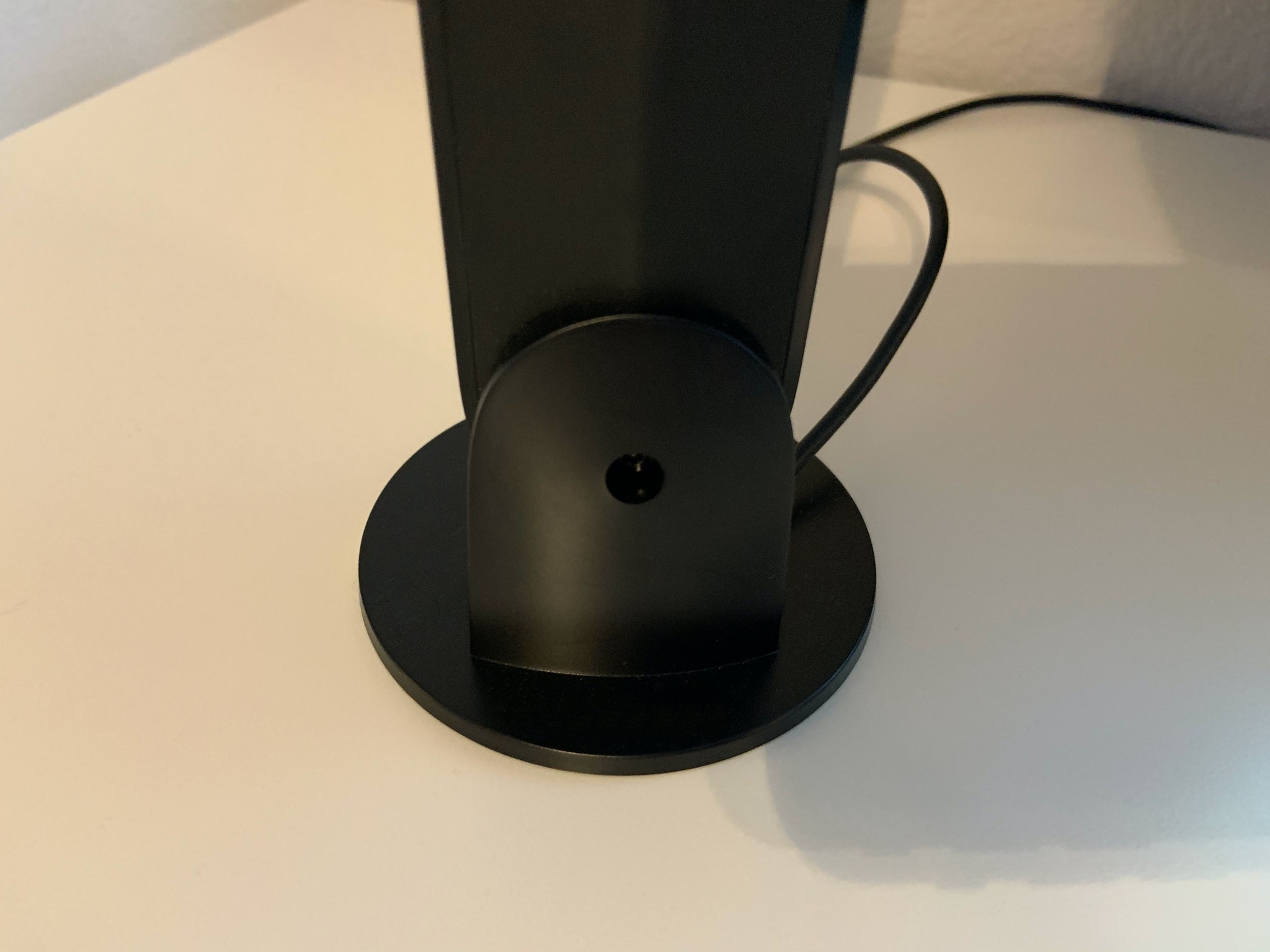

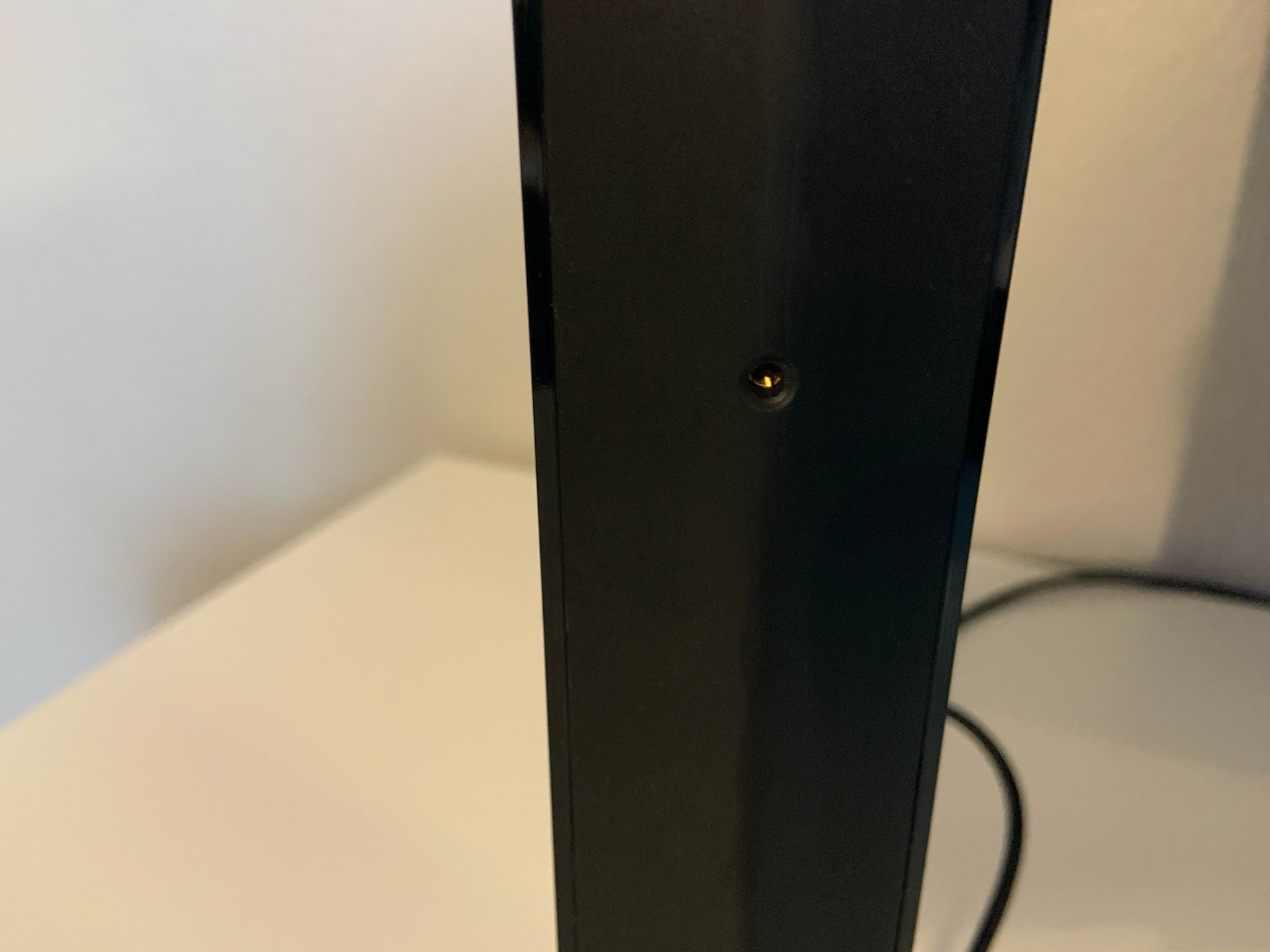

Christopher spends most of his time writing and dreaming about all things HomeKit and the Home app. Whether it is installing smart light switches, testing the latest door locks, or automating his households daily routines, Christopher has done it all.
